Home>Storage Ideas>Living Room Storage>Dark Living Room Ideas: 10 Design Rules For Brightening A Dark Space
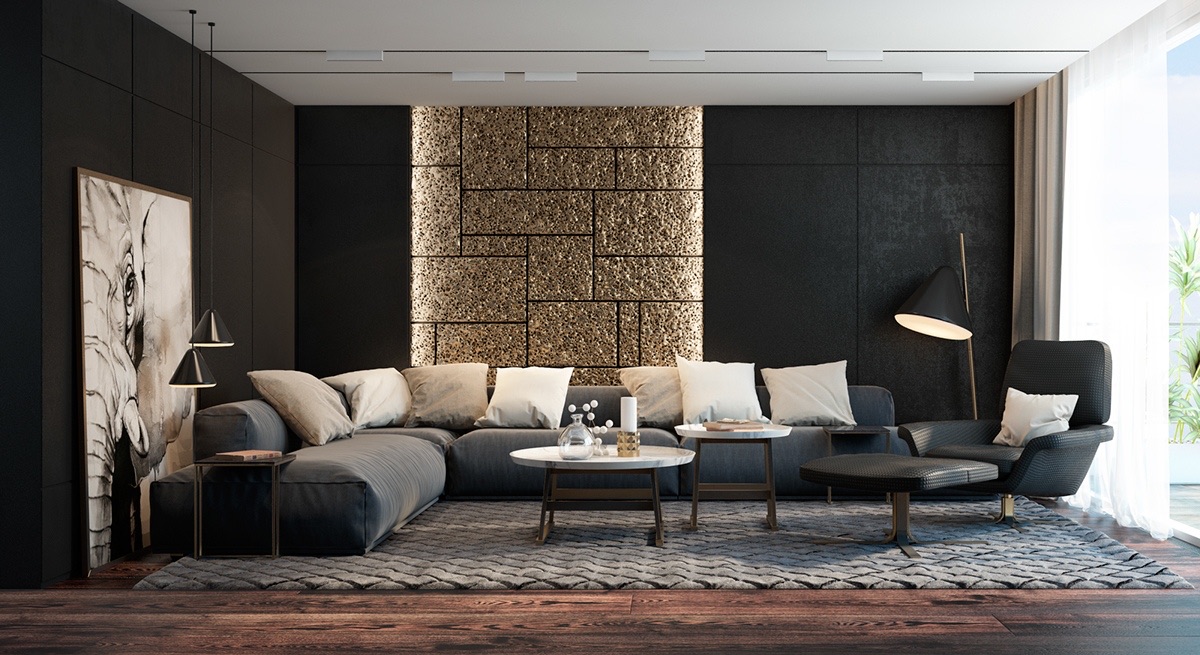

Living Room Storage
Dark Living Room Ideas: 10 Design Rules For Brightening A Dark Space
Modified: January 19, 2024
Looking for ways to brighten up your dark living room? Check out these 10 design rules for maximizing storage and illuminating your space.
(Many of the links in this article redirect to a specific reviewed product. Your purchase of these products through affiliate links helps to generate commission for Storables.com, at no extra cost. Learn more)
Introduction
The living room is often considered the heart of the home, a place where we gather with family and friends, relax, and unwind. However, not all living rooms are blessed with ample natural light. Some may be tucked away in the interior of a home or have limited windows, making them feel dark and gloomy. But fear not! There are numerous design strategies and tips you can employ to brighten up even the darkest of living spaces.
In this article, we will explore 10 design rules that will help you transform your dark living room into a bright and inviting space. From using light colors to maximizing natural light, incorporating mirrors to strategic lighting plans, we’ve got you covered. So let’s dive in and explore how to bring light and life into your dark living room.
Key Takeaways:
- Brighten up a dark living room by using light colors, mirrors, and light-colored flooring. Maximize natural light and integrate reflective surfaces for a vibrant and inviting space.
- Implement a layered lighting plan, remove heavy window coverings, and strategically select furniture and accent pieces to transform a dark living room into a well-lit and visually appealing sanctuary.
Read more: How To Brighten Up A Dark Living Room
Use light colors on walls and ceilings
One of the most effective ways to brighten up a dark living room is to choose light colors for the walls and ceilings. Opting for whites, creams, soft grays, or pastel shades can immediately make the room feel more spacious and airy. Light colors reflect more natural and artificial light, amplifying the brightness within the space. Avoid dark and bold colors, as they tend to absorb light and make the room feel smaller and darker.
Add mirrors to create the illusion of space
Mirrors are a powerful tool when it comes to brightening up a dark living room. They have the ability to reflect both natural and artificial light, instantly multiplying its impact within the space. Placing a large mirror strategically opposite a window can bounce light around the room, making it feel brighter and more open. You can also use smaller mirrors in decorative frames or create a gallery wall of mirrors to add a touch of elegance and increase the reflective surfaces in the room.
Opt for light-colored flooring materials
While many dark living rooms may already have existing dark flooring, there are still ways to lighten up the space. If you have the flexibility to make changes, consider opting for light-colored flooring materials such as light wood, light-colored tiles, or light-colored carpeting. Lighter floors not only reflect more light, but they also create a harmonious backdrop for the rest of the room, making it feel brighter and more inviting.
Stay tuned for the next design rules on creating a bright living room!
Key Takeaways:
- Brighten up a dark living room by using light colors, mirrors, and light-colored flooring. Maximize natural light and integrate reflective surfaces for a vibrant and inviting space.
- Implement a layered lighting plan, remove heavy window coverings, and strategically select furniture and accent pieces to transform a dark living room into a well-lit and visually appealing sanctuary.
Read more: How To Brighten Up A Dark Living Room
Use light colors on walls and ceilings
When it comes to brightening up a dark living room, the power of light colors cannot be underestimated. Opting for light hues on the walls and ceilings is a fundamental design rule that can instantly transform the space.
Light colors have the remarkable ability to reflect light, creating a sense of brightness and openness. Shades such as whites, creams, pastels, or soft grays work wonders in illuminating a room. These colors bounce available light around the space, making it feel more spacious and airy.
By painting the walls and ceilings in light tones, you can effectively counteract the visual weight of a dark living room, giving it a fresher and brighter appearance. This technique is particularly useful if your living room lacks abundant natural light or is positioned in the interior of your home.
When choosing paint colors, keep in mind that different shades of white can vary in undertones. It’s important to consider the existing furnishings and lighting in your space to ensure that the colors blend harmoniously. Warm whites with yellow or beige undertones can create a cozy and inviting atmosphere, while cooler whites with blue or gray undertones can add a touch of modernity and freshness.
If you prefer to add a bit of personality and character to your living room, you can consider using light-colored wallpapers or textured finishes alongside the light-colored paint. These decorative elements can add depth and visual interest to the walls, enhancing the overall brightness of the room.
In terms of the ceiling, many people tend to overlook its impact on the overall feel of a room. However, painting the ceiling in a light color can have a dramatic effect on the perceived brightness. A white or light-colored ceiling acts as a reflective surface, bouncing light back into the room and creating the illusion of a higher ceiling. This can effectively open up the space and give it a more airy and spacious feel.
In addition to painting the walls and ceilings in light colors, consider using sheen or finishes that have reflectivity, such as satin or semi-gloss, as they can enhance the light-reflecting properties of the surfaces. However, be cautious not to overdo the glossiness, as it may result in excessive glare and make the space feel artificial.
Remember, by incorporating light colors on the walls and ceilings, you can significantly brighten up your dark living room and create a more welcoming and uplifting atmosphere. This simple yet effective design rule sets the foundation for transforming your space into a well-lit haven that you and your loved ones will enjoy spending time in.
Add mirrors to create the illusion of space
One of the most effective and versatile ways to brighten up a dark living room is by incorporating mirrors. Mirrors have the remarkable ability to create the illusion of space, light, and depth, making them an invaluable tool for transforming any room.
When strategically placed, mirrors can reflect both natural and artificial light, instantly brightening up the space. They act as virtual windows, bouncing light around the room and creating a sense of airiness and openness. The larger the mirror, the more light it can reflect, so consider using a statement mirror or grouping together multiple mirrors for maximum impact.
To effectively utilize mirrors in a dark living room, consider placing them opposite or adjacent to windows or other light sources. This will help capture and amplify the available light, making the room feel brighter and more inviting. You can also position mirrors in areas that lack natural light, allowing them to reflect light from other parts of the room and create a sense of balance.
In addition to their light-reflecting properties, mirrors also have the ability to visually expand a space. By reflecting the existing elements of the room, mirrors can create the illusion of a larger area, making the living room feel more spacious and less confined. This is especially beneficial in smaller, dark living rooms where creating a sense of openness is essential.
When it comes to selecting the right mirrors for your living room, consider the style and size that best complements your existing decor. A well-placed mirror can also serve as a stunning focal point, adding a touch of elegance and sophistication to the room. Choose a frame that matches the overall aesthetic of your living room, whether it’s sleek and modern, rustic and distressed, or ornate and traditional.
In addition to wall-mounted mirrors, you can also incorporate mirrored furniture or accessories into your living room design. Items such as mirrored coffee tables, console tables, or decorative trays can further enhance the light-reflecting properties while adding a stylish and glamorous touch to the space.
It’s important to note that while mirrors are excellent tools for brightening up a dark living room, they should be used strategically and sparingly. Too many mirrors or placing them haphazardly can create a chaotic or disorienting effect. Be intentional with your mirror placement, and consider how they will interact with the existing furniture, lighting, and architectural features in the room.
By incorporating mirrors into your dark living room, you can not only bring in more light but also create the illusion of a larger and more spacious space. Their ability to reflect light and add visual depth makes them an indispensable design element for transforming your living room into a brighter and more inviting environment.
Opt for light-colored flooring materials
When it comes to brightening up a dark living room, the color and material of your flooring play a significant role. Choosing light-colored flooring materials can have a transformative effect on the overall brightness and ambiance of the space.
Dark flooring tends to absorb light, making the room feel smaller and more closed off. In contrast, light-colored flooring reflects light, creating a sense of spaciousness and airiness. By opting for light-colored flooring, you can visually lift the room, making it feel brighter and more inviting.
There are several options for incorporating light-colored flooring materials into your living room design. One popular choice is light wood flooring, such as oak, maple, or bamboo. Not only does light wood add warmth and natural beauty to a space, but it also has the ability to brighten up the room by reflecting light. Light-colored laminate or vinyl flooring can be a more budget-friendly alternative that still achieves a similar effect.
If you prefer the softness and comfort of carpet, there are light-colored options available as well. Light-toned carpets in neutral shades like beige, cream, or light gray can create a light and airy atmosphere while adding a cozy touch to the room. However, it’s important to choose a low pile or textured carpet to minimize the appearance of dirt and wear over time.
In addition to the color, the finish of the flooring material also contributes to its ability to reflect light. Opting for a matte or semi-gloss finish can help enhance the light-reflecting properties while reducing the potential for glare and shine.
When selecting light-colored flooring, it’s essential to consider the overall color scheme and style of your living room. Be mindful of how the flooring will harmonize with the walls, furniture, and other elements in the space. Light-colored flooring can provide a neutral backdrop that allows your furniture and decor to take center stage, or it can be used as a foundation for creating a light and airy aesthetic.
If you have existing dark flooring and are not ready for a complete renovation, there are still ways to brighten up the space. Adding light-colored area rugs or runners can help break up the darkness of the floor while providing a contrasting element of lightness. Choose rugs with light tones or subtle patterns that complement the overall color scheme of the room.
By opting for light-colored flooring materials, you can visually lift and brighten up your dark living room. The reflective properties of light-colored flooring can enhance the overall brightness and create a more inviting and open space. So consider this design rule and choose the flooring that best suits your style while maximizing the light-reflecting potential of your living room.
Incorporate ample lighting fixtures
When it comes to brightening up a dark living room, having ample lighting fixtures is crucial. Good lighting not only enhances the overall brightness of the space but also sets the mood and ambiance.
Start by assessing the existing lighting in your living room and identify any areas that may feel dim or dark. Then, strategically place lighting fixtures to ensure adequate illumination throughout the room. Ideally, a combination of ambient, task, and accent lighting should be incorporated to create a layered and well-balanced lighting scheme.
Begin with ambient lighting, which provides overall illumination for the entire room. This can be achieved through ceiling-mounted fixtures such as chandeliers, flush-mount lights, or recessed lighting. Choose fixtures that emit a soft and diffused light to create a warm and inviting atmosphere. Consider using dimmers to adjust the brightness according to the desired mood and functionality.
Task lighting is essential for specific activities such as reading, working, or hobbies. Incorporate table lamps, floor lamps, or adjustable wall sconces near seating areas or workstations to provide focused lighting where needed. Ensure that these task lighting fixtures have adjustable heads or shades to direct the light exactly where you need it, minimizing the shadows and dark corners.
In addition to ambient and task lighting, accent lighting can add depth and visual interest to your living room. This type of lighting highlights specific architectural features, artwork, or decorative elements. Use wall-mounted picture lights, track lighting, or small accent lamps to draw attention to these focal points and create a sense of brightness and dimension.
Consider using light fixtures with white or light-colored shades to maximize the light output. Frosted or etched glass shades diffuse the light, reducing harsh shadows and glare. Opt for LED or energy-efficient bulbs to save energy while maintaining sufficient brightness.
To optimize the lighting in your living room, ensure that the fixtures are evenly distributed throughout the space. Pay attention to dark corners or areas that may be overlooked. By providing adequate lighting in every corner, you can eliminate shadowy spots and create a well-lit and inviting atmosphere.
Don’t forget to take advantage of vertical space to brighten up the room further. Install wall sconces or picture lights to direct light upwards, illuminating the walls and creating a sense of height and spaciousness. This technique can also enhance the architectural features of the room, adding visual interest and brightness.
Finally, consider incorporating lighting controls such as dimmer switches, timers, or smart lighting systems. This allows you to adjust the brightness and intensity of the lights according to your needs and preferences. Dimming the lights during the evening can create a cozy and relaxed ambiance, while brighter lights are ideal for daily activities or gatherings.
By incorporating ample lighting fixtures and creating a well-balanced lighting scheme, you can significantly brighten up your dark living room. The combination of ambient, task, and accent lighting provides adequate illumination while adding warmth, depth, and functionality to the space. So be strategic with your lighting choices and transform your living room into a well-lit and inviting sanctuary.
Consider using light-colored paint on the walls to reflect more natural light. Opt for white, cream, or pastel shades to create a brighter and more spacious feel in the room.
Utilize natural light sources
When it comes to brightening up a dark living room, there is no better light source than natural light. Utilizing natural light not only brings in brightness but also offers a sense of connection to the outdoors and a vibrant energy. Here are some tips to make the most of the natural light available in your living room.
1. Maximize window openings: If your living room has windows, ensure that they are clean and free from any obstructions. Remove heavy or dark window coverings and opt for sheer or light-colored curtains or blinds that can allow natural light to filter through. You may also consider leaving windows uncovered during the day to let in as much daylight as possible.
2. Consider window treatments: If privacy is a concern, consider using frosted or translucent window film, which still allows natural light to enter while maintaining privacy. Another option is to install adjustable blinds or shades that can be easily opened or adjusted to control the amount of light coming in.
3. Reflective surfaces: Place reflective surfaces near windows to maximize the natural light. Mirrors, glass tabletops, or glossy finishes on furniture can help bounce and amplify the light, effectively brightening up the room. Positioning mirrors on the opposite wall of windows will reflect the incoming light and create the illusion of additional windows.
4. Light-colored window frames and trim: If you have the flexibility to make changes, consider painting your window frames and trim in light colors. Light-colored frames and trim will help reflect light back into the room, amplifying the overall brightness.
5. Open up sightlines: Arrange furniture and accessories in a way that allows for unobstructed sightlines to windows. This will not only allow natural light to spread throughout the room but also create a sense of spaciousness and connection to the outdoors.
6. Remove or trim foliage: If your living room has exterior landscaping or trees that obstruct natural light, consider trimming or removing them. This will allow more sunlight to enter the room and brighten up the space.
7. Skylights or light tubes: If your living room lacks sufficient windows or natural light, consider installing skylights or light tubes. Skylights bring an abundant amount of natural light from above, while light tubes capture and redirect sunlight into the room through reflective tubes. Both options can significantly increase the brightness and create a welcoming and airy atmosphere.
8. Light-colored furnishings: Choose light-colored furniture and accessories that reflect rather than absorb light. Light-toned upholstery, throw pillows, and area rugs can help brighten up the room and create a cohesive and light-filled space.
Remember, natural light not only brightens up your living room but also has a positive impact on our mood and well-being. By utilizing natural light sources and incorporating strategies to maximize its effects, you can create a bright and inviting living space that embraces the beauty of the outdoors.
Read more: How To Brighten Living Room
Select furniture with lighter tones
When it comes to brightening up a dark living room, the color and tone of your furniture play a crucial role. Opting for pieces with lighter tones can significantly contribute to the overall brightness and visual appeal of the space. Here are some tips for selecting furniture that will brighten up your living room.
1. Light-colored upholstery: Choose sofas, armchairs, and ottomans in light-colored upholstery such as creams, whites, or pastels. Light-colored fabrics reflect light rather than absorbing it, giving the illusion of a brighter and more spacious room. Additionally, light upholstery can create a fresh and airy ambiance that complements the overall goal of brightening up the living room.
2. Leather or faux leather options: If you prefer a more sleek and modern look, consider selecting furniture upholstered in light-colored leather or faux leather. These materials not only have a luxurious appearance but are also easy to clean and maintain. Light-colored leather reflects light, making the room feel brighter, while faux leather provides a more budget-friendly alternative.
3. Light wood or white furniture: Opt for furniture with light wood finishes or white-painted surfaces. Light-colored wood, such as oak or maple, adds warmth and a natural element to the room while reflecting light. White furniture creates a fresh and clean aesthetic that enhances the overall brightness.
4. Transparent or glass furniture: Incorporate transparent or glass furniture pieces to add a sense of lightness and brightness. Transparent acrylic or glass tables, sideboards, or shelves allow light to pass through, creating an airy and open feel to the space. These pieces also create visual continuity and allow other design elements to stand out.
5. Use strategic contrast: While choosing lighter-toned furniture is key, don’t be afraid to create contrast with darker accents. Adding a few dark-colored or patterned cushions, or incorporating a darker-toned piece as an accent, can create visual interest and depth within the living room. Just be mindful not to go overboard with dark accents, as they may overpower the overall brightness you’re trying to achieve.
6. Reflective surfaces: Consider including furniture with reflective surfaces, such as mirrored coffee tables or mirrored accent pieces. These pieces not only brighten the room by reflecting light but also add a touch of elegance and sophistication to the space.
7. Keep furniture proportions in mind: Dark living rooms can feel smaller and more closed off, so it’s essential to select furniture that is proportionate to the space. Opt for furniture with sleek lines and slim profiles to create an open and spacious feel.
Remember, the color and tone of your furniture can greatly impact the overall brightness of your living room. By selecting furniture with lighter tones, you can enhance the reflection of light in the space and create a bright and welcoming atmosphere. So choose your furniture wisely, and watch as your living room transforms into a light-filled haven.
Integrate strategic accent pieces
When it comes to brightening up a dark living room, strategically incorporating accent pieces can make a significant impact on the overall brightness and visual appeal of the space. Accent pieces not only add interest and personality to the room but also have the power to reflect light and create a sense of brightness. Here are some tips for integrating strategic accent pieces in your living room design.
1. Mirrors: Mirrors are versatile and powerful accent pieces that can instantly brighten up a dark living room. Choose large mirrors and position them strategically across from windows or light sources to maximize the reflection of natural and artificial light. Mirrors not only add a sense of depth and dimension but also create the illusion of a larger and brighter space.
2. Metallic accents: Incorporating metallic accents can add a touch of shine and reflectivity to your living room. Choose light-colored metallic finishes such as silver, chrome, or brushed nickel for accessories like lamps, picture frames, or decorative bowls. These reflective surfaces can bounce light around the room and contribute to a brighter environment.
3. Clear or translucent accents: Clear or translucent accent pieces can create a sense of lightness and openness in a dark living room. Consider using acrylic or glass accessories such as side tables, vases, or lamps. These transparent items allow light to pass through, maintaining an unobstructed flow of light and making the room feel brighter and more spacious.
4. Light-colored artwork: Choose artwork with light-colored backgrounds or subjects that evoke brightness and positivity. Paintings or prints with landscapes, seascapes, or floral motifs can infuse the room with visual interest and create a serene and uplifting atmosphere. Artwork with light-colored frames or mats can also contribute to the overall brightness of the room.
5. Bright textiles: Use accent pillows, throws, or curtains with light or vibrant colors to inject brightness into the space. Opt for shades of white, pastels, or bold pops of color that complement the overall color scheme of the room. These textiles not only add visual interest but also reflect light and contribute to a brighter and more inviting living room.
6. Light fixtures and lampshades: Pay attention to the design of your light fixtures and lampshades as accent pieces. Choose fixtures with light-colored or translucent shades that allow light to shine through easily. This will help distribute light evenly throughout the room and enhance the overall brightness. Consider using decorative lampshades with patterns or textures that can add visual interest without compromising the light diffusion.
7. Reflective furniture accents: Incorporate furniture pieces with reflective surfaces, such as mirrored coffee tables, sideboards, or accent chests. These pieces not only brighten up the room by reflecting light but also add a touch of elegance and sophistication. They serve as both functional furniture and reflective accent pieces that contribute to a brighter living room.
Remember, the strategic placement of accent pieces can significantly impact the brightness and overall aesthetic of your living room. By incorporating mirrors, metallic accents, clear or translucent items, light-colored artwork, bright textiles, well-designed light fixtures, and reflective furniture pieces, you can create a visually appealing and well-lit space. So get creative with your accent pieces and watch as your dark living room transforms into a bright and inviting sanctuary.
Implement a layered lighting plan
When it comes to brightening up a dark living room, implementing a layered lighting plan is a game-changer. A thoughtful combination of different lighting sources and techniques will not only boost the overall brightness but also create depth, mood, and functionality in your living space. Here are some tips on how to create a well-balanced and visually appealing layered lighting plan.
1. Ambient lighting: Start with ambient lighting, which provides overall illumination to the entire room. This can be achieved through ceiling-mounted fixtures such as chandeliers, flush-mount lights, or recessed lighting. Consider using LED bulbs to maximize energy efficiency and longevity. Opt for fixtures that emit a soft and diffused light to create a warm and inviting atmosphere.
2. Task lighting: Task lighting is essential for specific activities or areas that require focused illumination. Incorporate task lighting fixtures in areas where you read, work, or engage in hobbies. Table lamps, floor lamps, and adjustable wall sconces are great options for providing direct light where needed. Ensure that these fixtures have adjustable heads or shades to direct the light precisely where you need it, minimizing shadows and dark areas.
3. Accent lighting: Accent lighting adds depth, drama, and visual interest to your living room. Use it to highlight specific architectural features, artwork, or decorative elements. Wall-mounted picture lights, track lighting, or small accent lamps can be strategically placed to draw attention to these focal points and create a sense of brightness and dimension. Consider using dimmers to control the intensity of the accent lighting and create different moods.
4. Cove lighting: Cove lighting involves installing concealed light fixtures or LED strips in a recessed area or along ledges, cornices, or valances. This indirect lighting technique provides a soft glow and can be used to illuminate ceilings, accentuate architectural details, or create a warm ambiance. Cove lighting is particularly effective in adding brightness and a touch of elegance to a living room.
5. Natural lighting integration: Complement your artificial lighting sources with natural light. Maximize the use of natural light by taking advantage of windows, skylights, or glass doors. Avoid heavy or dark window coverings that block natural light during the day. Instead, opt for sheer or light-colored curtains that allow daylight to filter through. Arrange the furniture in such a way that it makes the best use of natural light and avoids obstructing the windows.
6. Dimmers and lighting controls: Incorporate dimming switches, lighting controls, and smart lighting systems to have more flexibility and control over the brightness of your living room. Dimming the lights during the evening can create a cozy and relaxed ambiance, while brighter lights are ideal for daily activities or gatherings. Using lighting controls gives you the ability to adjust the intensity and color temperature of the lights according to your specific needs and preferences.
Remember, a layered lighting plan not only brightens up your living room but also adds versatility and atmosphere to the space. By combining ambient, task, accent, and natural lighting sources, you can create a well-balanced and visually appealing environment for any activity or mood. So take the time to plan and implement a layered lighting design that will transform your dark living room into a vibrant and inviting space.
Enhance the room with reflective surfaces
To brighten up a dark living room, incorporating reflective surfaces can make a significant difference. Reflective surfaces have the ability to bounce light around the room, amplifying brightness and creating a sense of openness. Here are some ways to enhance your living room with reflective surfaces.
1. Mirrors: Mirrors are perhaps the most well-known and effective way to add reflection and brightness to a space. Large mirrors strategically placed on walls can create the illusion of more space while reflecting natural and artificial light. Consider placing a mirror opposite a window to maximize the amount of light it reflects. Additionally, you can create a gallery wall of smaller mirrors to add a decorative and reflective element to the room.
2. Glass and mirrored furniture: Incorporating furniture with glass or mirrored surfaces can further enhance the reflective qualities in your living room. Glass coffee tables, side tables, or console tables allow light to pass through and create a sense of lightness. Mirrored furniture not only adds a touch of glamour but also reflects light from different angles, brightening up the space.
3. Metallic accents: Introducing metallic accents, such as silver or chrome finishes, can add shine and reflectivity to the room. Choose metallic accessories like lamps, picture frames, or decorative bowls to catch and reflect available light. These accents can act as focal points, drawing the eye and enhancing the overall brightness of the space.
4. Glossy finishes: Consider incorporating furniture or decor with glossy finishes, such as high gloss paint, lacquer, or polished surfaces. These finishes are highly reflective and can help bounce light around the room. Look for items like glossy cabinets, shelving units, or decorative objects to add a touch of sophistication while maximizing light reflection.
5. Light-colored or metallic textiles: Choose light-colored or metallic textiles for your curtains, drapes, and throw pillows. Sheer or semi-sheer curtains allow light to filter through while maintaining privacy. Metallic accent pillows or throws can add a touch of shimmer and reflectivity to seating areas. Look for fabrics with subtle shimmer or metallic threading to create a luxurious and light-reflecting effect.
6. Decorative accessories: Incorporate decorative accessories that have reflective surfaces. This can include decorative trays, vases, or candle holders made of materials like glass, chrome, or silver. These accessories not only add visual interest but also help scatter and reflect light throughout the room.
7. Light fixtures: Choose light fixtures with reflective features to maximize the impact of your lighting. Pendant lights or chandeliers with glass or crystal details can refract light and create beautiful patterns on walls and ceilings. Consider using light fixtures with shades or globes made of metallic or reflective materials to enhance the overall brightness of the room.
Remember, incorporating reflective surfaces in your living room can greatly contribute to its brightness and visual appeal. Mirrors, glass and mirrored furniture, metallic accents, glossy finishes, light-colored textiles, and reflective accessories all play a role in bouncing light and creating a more vibrant and luminous space. So get creative with your use of reflective surfaces, and watch as your dark living room transforms into a dazzling and inviting environment.
Remove heavy window coverings
To brighten up a dark living room, one of the simplest yet most effective steps you can take is to remove heavy window coverings. Heavy curtains or drapes can block natural light from entering the room, making it feel darker and more closed off. By embracing natural light and opting for lighter window treatments, you can instantly transform your living room into a brighter and more inviting space. Here are some reasons why removing heavy window coverings is essential and some alternative options to consider.
1. Allow more natural light: Heavy window coverings, such as thick, dark curtains or blinds, can obstruct natural light from entering your living room. By removing them, you let in more sunlight, which creates a brighter and more cheerful atmosphere. Natural light not only brightens up the space but also offers numerous health benefits, including boosting mood and productivity.
2. Create an open and spacious feel: Heavy window treatments can make a room feel smaller and more confined. By removing them, you create an open and spacious feel, even in a smaller living room. Without the bulkiness of heavy curtains, the room will appear more airy and expansive.
3. Embrace sheer or light-colored curtains: When choosing window treatments to replace heavy coverings, consider sheer or light-colored curtains. Sheer curtains allow natural light to filter through while still providing a degree of privacy. Light-colored curtains, such as whites, creams, or pastels, reflect more light and contribute to a brighter ambiance. These options give you the opportunity to maintain privacy while still enjoying the benefits of natural light.
4. Use blinds or shades: An alternative to heavy curtains is to use blinds or shades that offer more control over light and privacy. Opt for lighter materials and colors that let in more natural light even when fully closed. Adjusting the positioning of blinds or shades allows you to control the amount of light and maintain privacy according to your needs.
5. Consider window film: Another option to enhance natural light while maintaining privacy is window film. Frosted or translucent window film allows sunlight to enter the room while obscuring the view from the outside. This solution offers a clean and modern look while maximizing natural light.
6. Utilize tie-backs or holdbacks: If you still want to have curtains, consider using tie-backs or holdbacks to keep them open during the day. This allows for maximum natural light to enter the room while adding a stylish and decorative element to your windows.
7. Emphasize the architectural beauty: Removing heavy window coverings allows you to showcase the architectural beauty of your windows. If you have unique window frames or moldings, letting natural light highlight these features can add depth and character to the room.
Remember, removing heavy window coverings is a fundamental step in brightening up a dark living room. Embrace natural light and opt for lighter window treatments that allow sunlight to flow into the space. Sheer curtains, blinds, shades, or window film offer alternatives that balance privacy and brightness. By making this simple change, you can transform your living room into a well-lit and inviting area where natural light takes center stage.
Conclusion
Brightening up a dark living room is not only about creating a well-lit space, but also about making it more inviting, spacious, and visually appealing. By implementing the ten design rules discussed in this article, you can transform your dark living room into a bright and vibrant sanctuary.
Using light colors on the walls and ceilings, incorporating mirrors, opting for light-colored flooring materials, and integrating ample lighting fixtures are all fundamental steps in maximizing brightness. These strategies create a foundation for a well-lit living room that becomes a refreshing space to relax and entertain.
In addition, utilizing natural light sources and removing heavy window coverings are essential for letting in natural light and creating a seamless connection with the outdoors. Natural light not only brightens up the room, but also has numerous psychological and physiological benefits that contribute to a healthier and happier living environment.
Selecting furniture with lighter tones, integrating strategic accent pieces, and enhancing the room with reflective surfaces further contribute to a brighter atmosphere. Light-colored furniture and accents add to the overall brightness, while mirrors and reflective surfaces bounce light and create a sense of openness.
Finally, implementing a layered lighting plan adds depth, mood, and functionality to your living room. By incorporating different types of lighting sources – ambient, task, accent, and natural – you create a well-rounded and well-lit space that caters to various needs and activities.
In conclusion, the key to brightening up a dark living room lies in a holistic approach. By combining these ten design rules, you can transform your space into a haven of light, warmth, and energy. Remember, the goal is not only to create a brighter room, but also to craft an environment that exudes comfort, style, and a sense of joy. So, be creative, experiment with different design elements, and enjoy the transformation of your dark living room into a bright, inviting, and beautiful space.
Frequently Asked Questions about Dark Living Room Ideas: 10 Design Rules For Brightening A Dark Space
Was this page helpful?
At Storables.com, we guarantee accurate and reliable information. Our content, validated by Expert Board Contributors, is crafted following stringent Editorial Policies. We're committed to providing you with well-researched, expert-backed insights for all your informational needs.
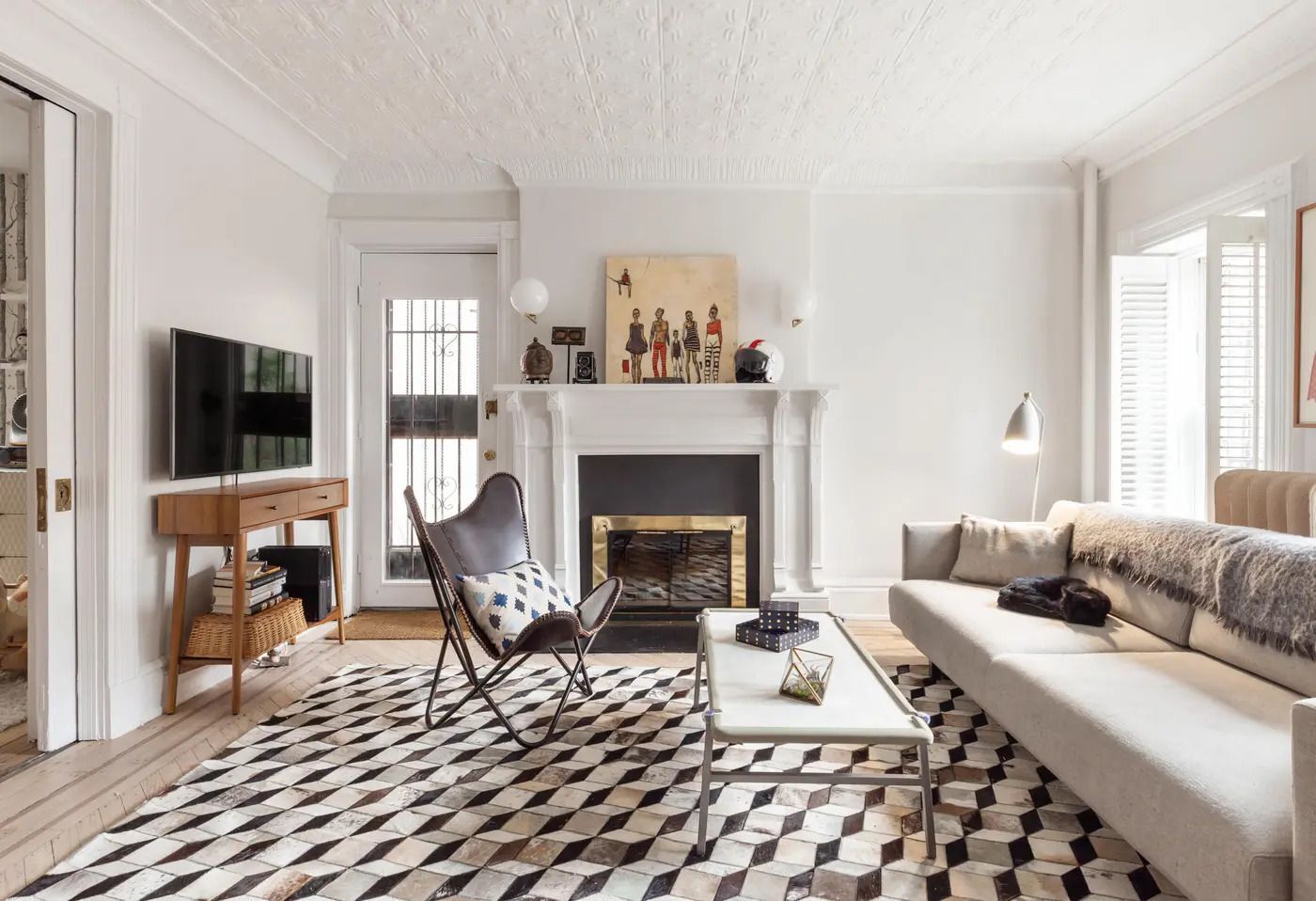
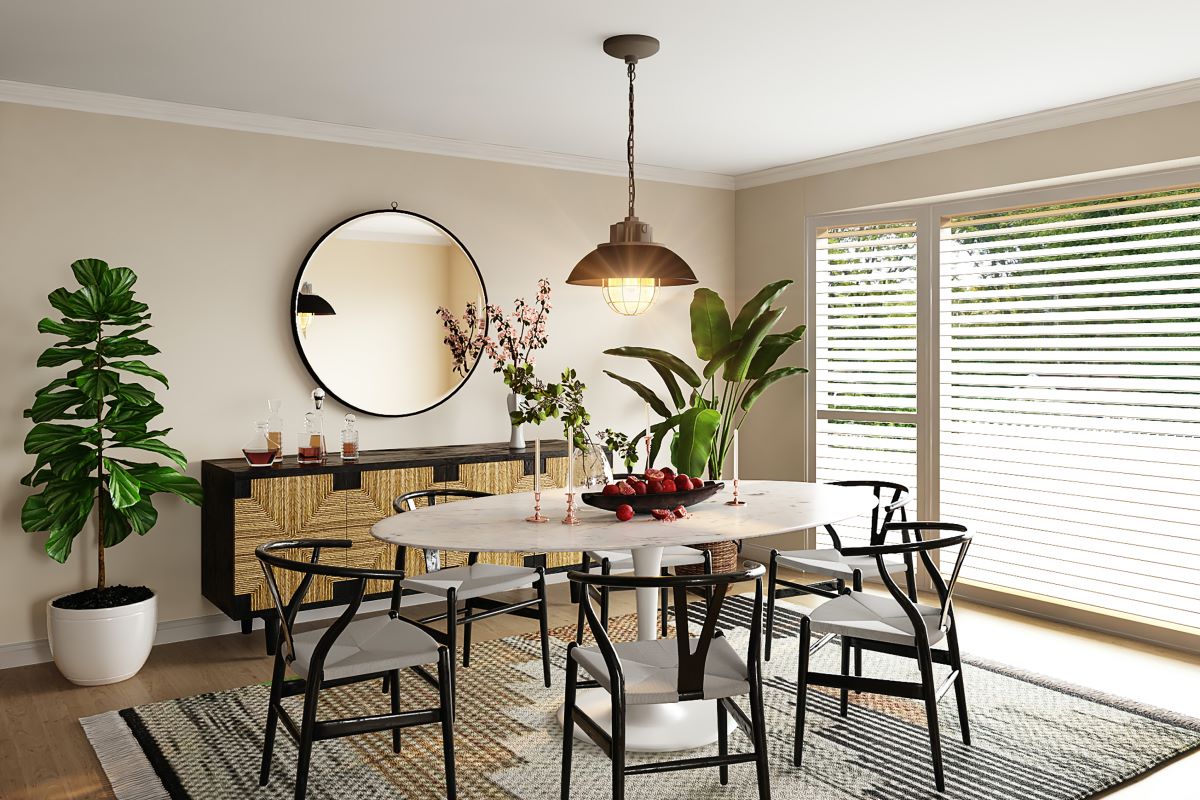
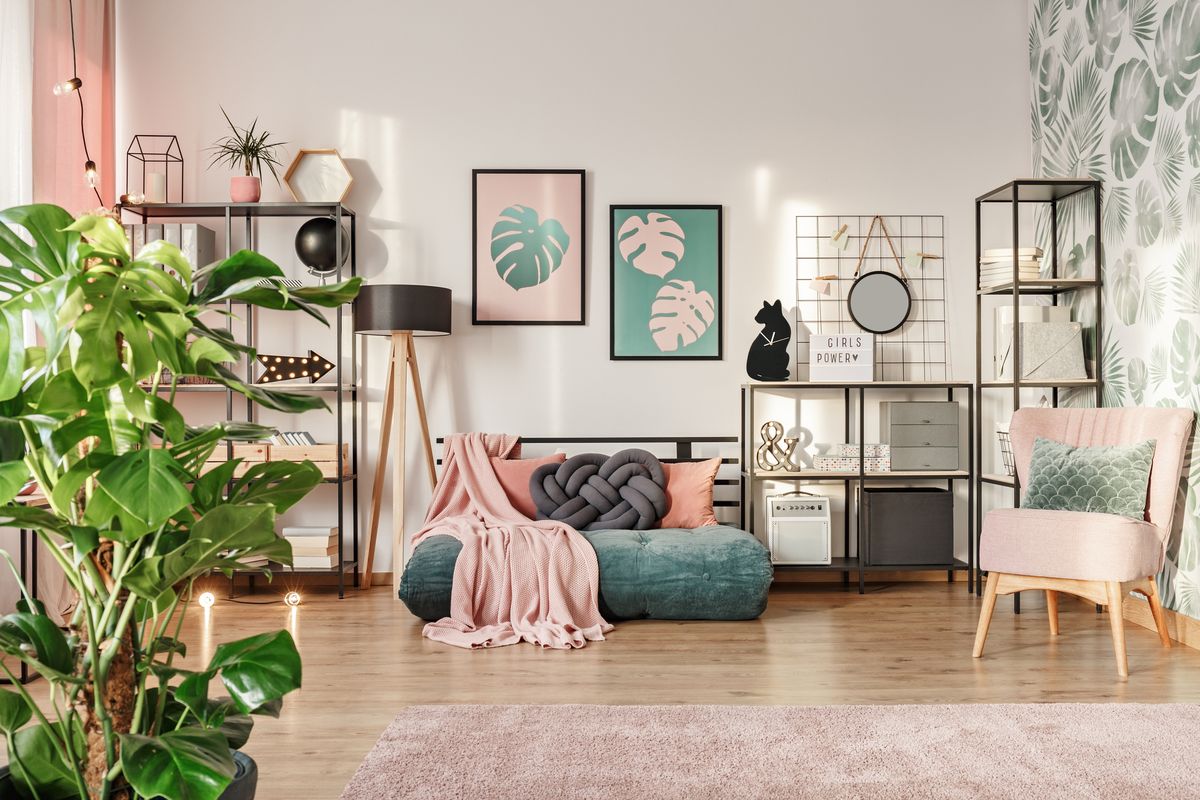
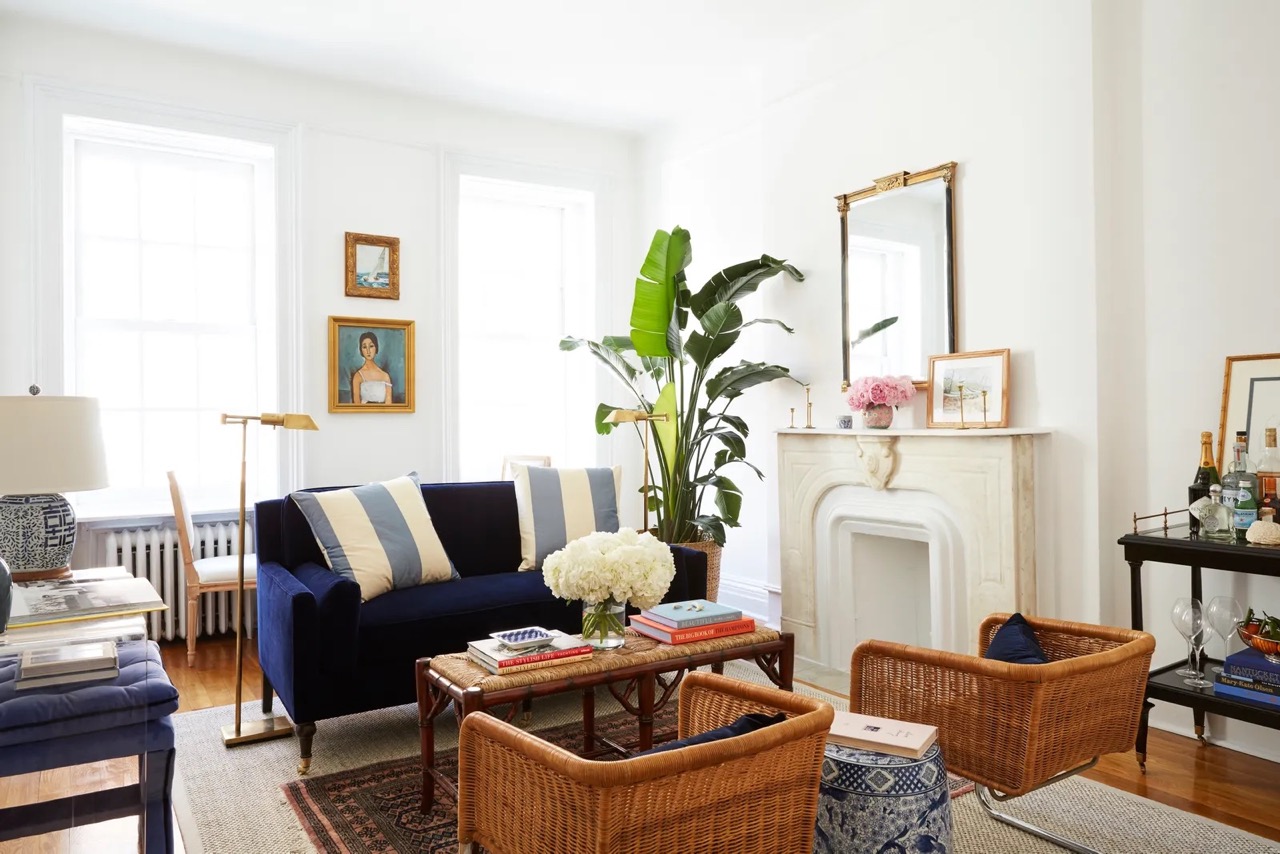
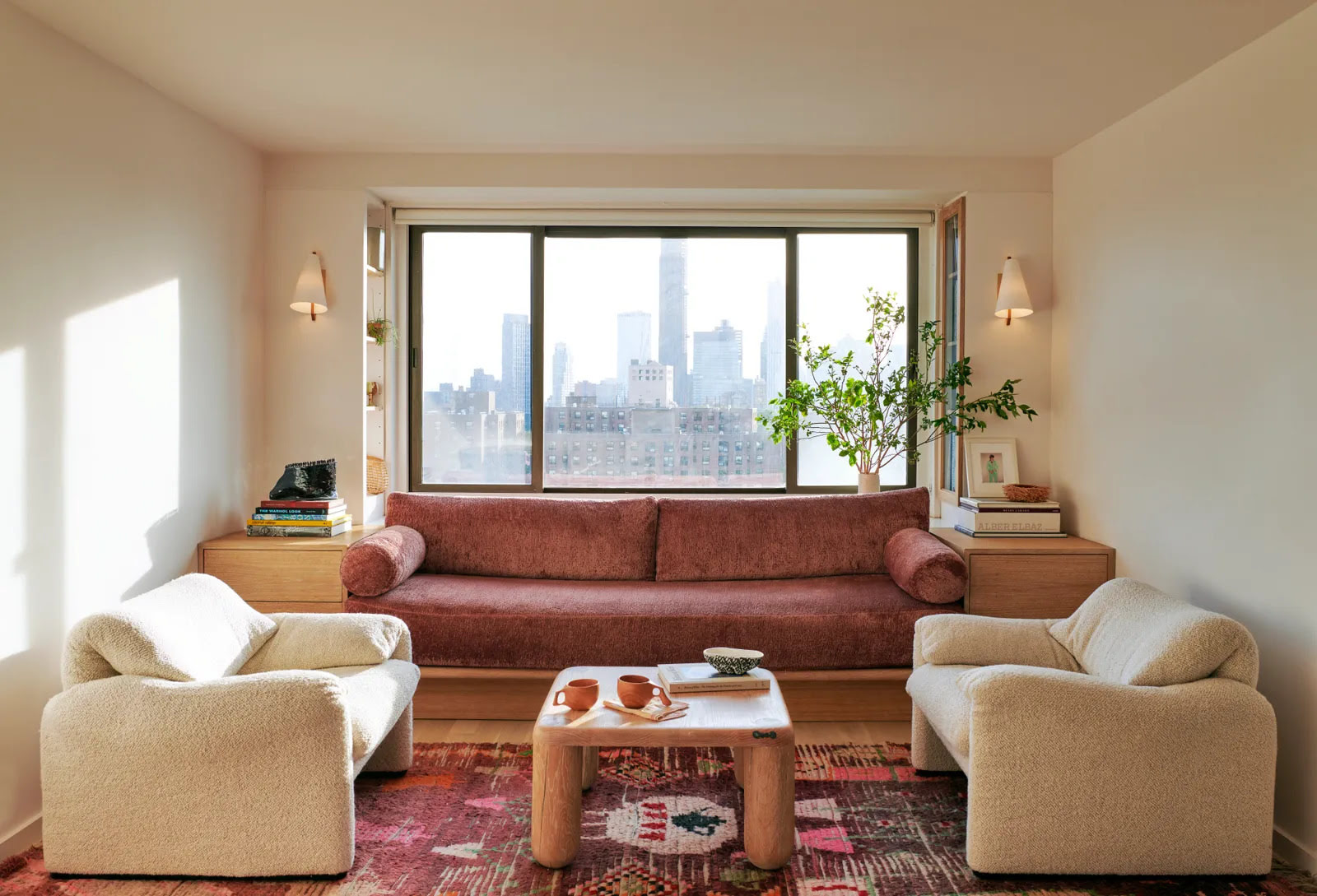

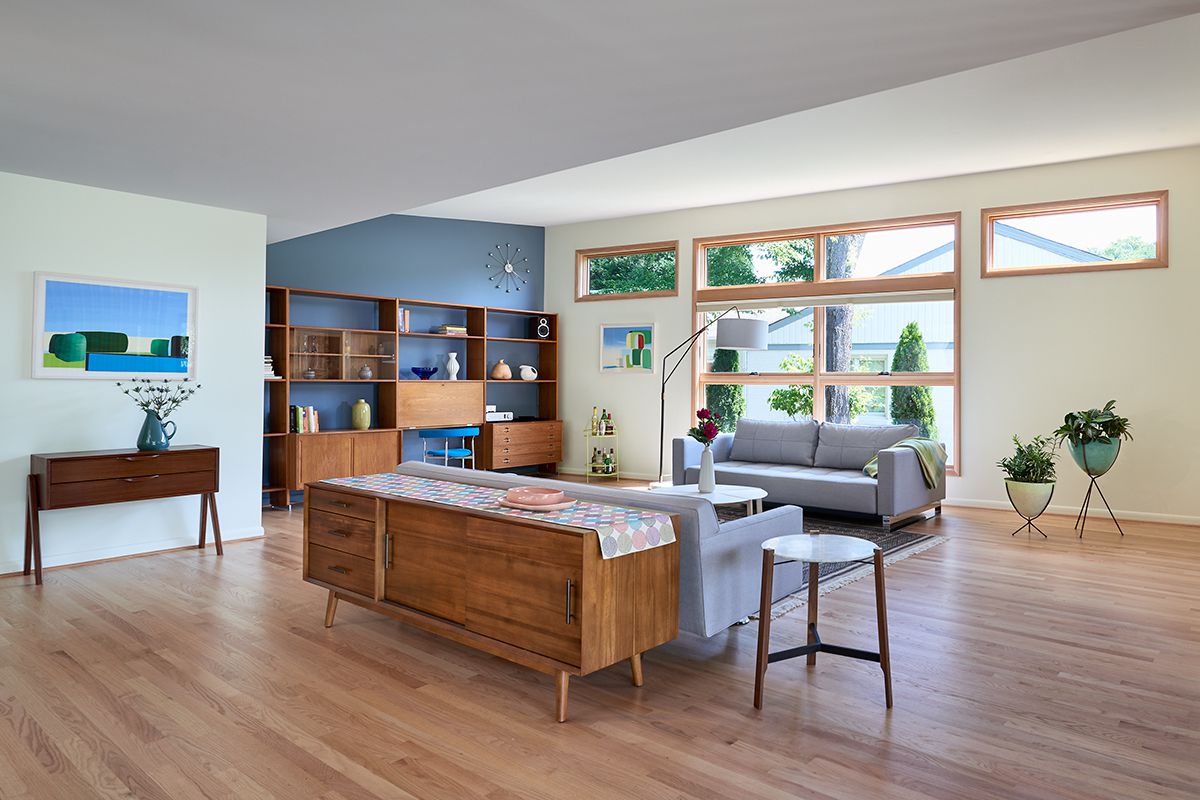

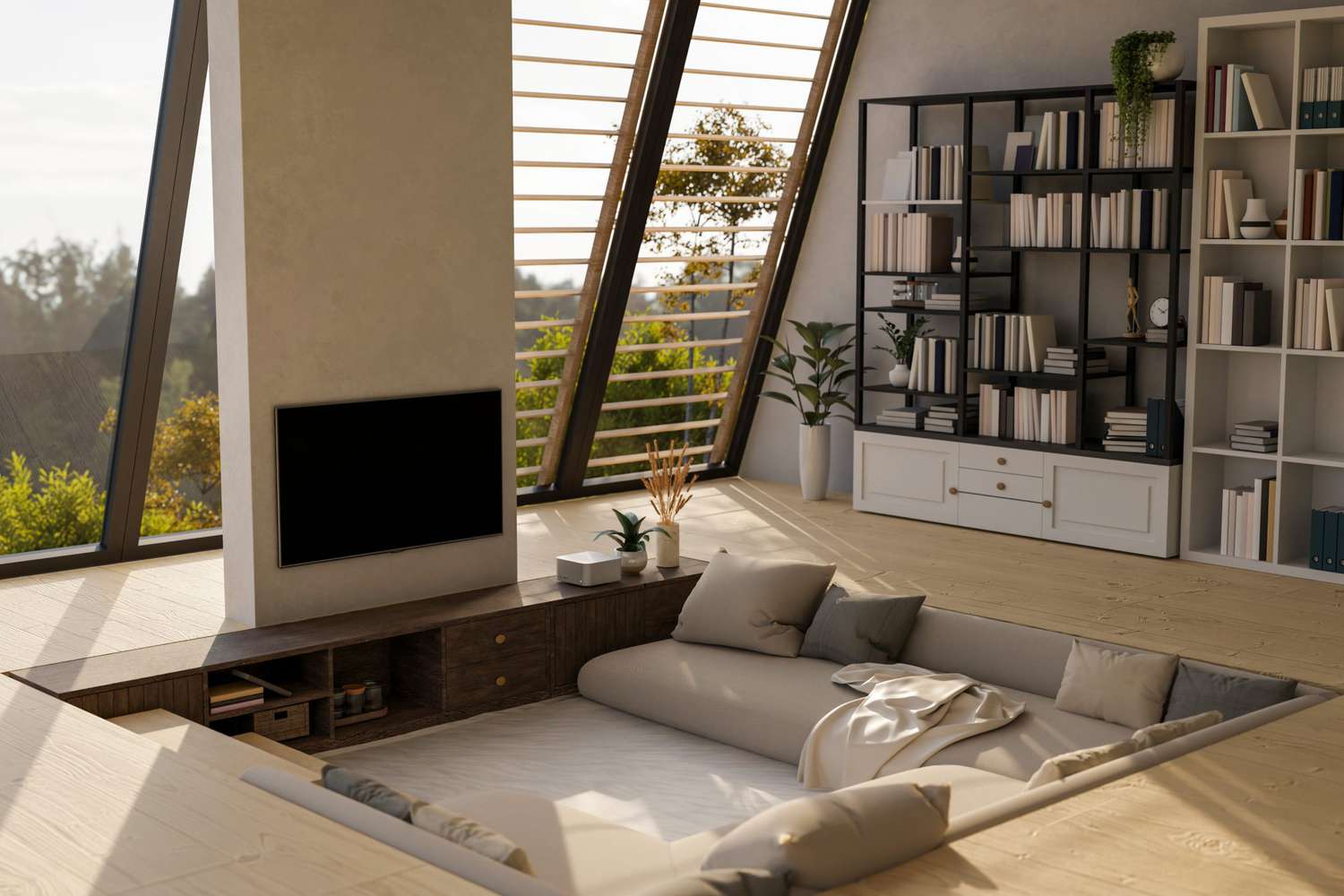
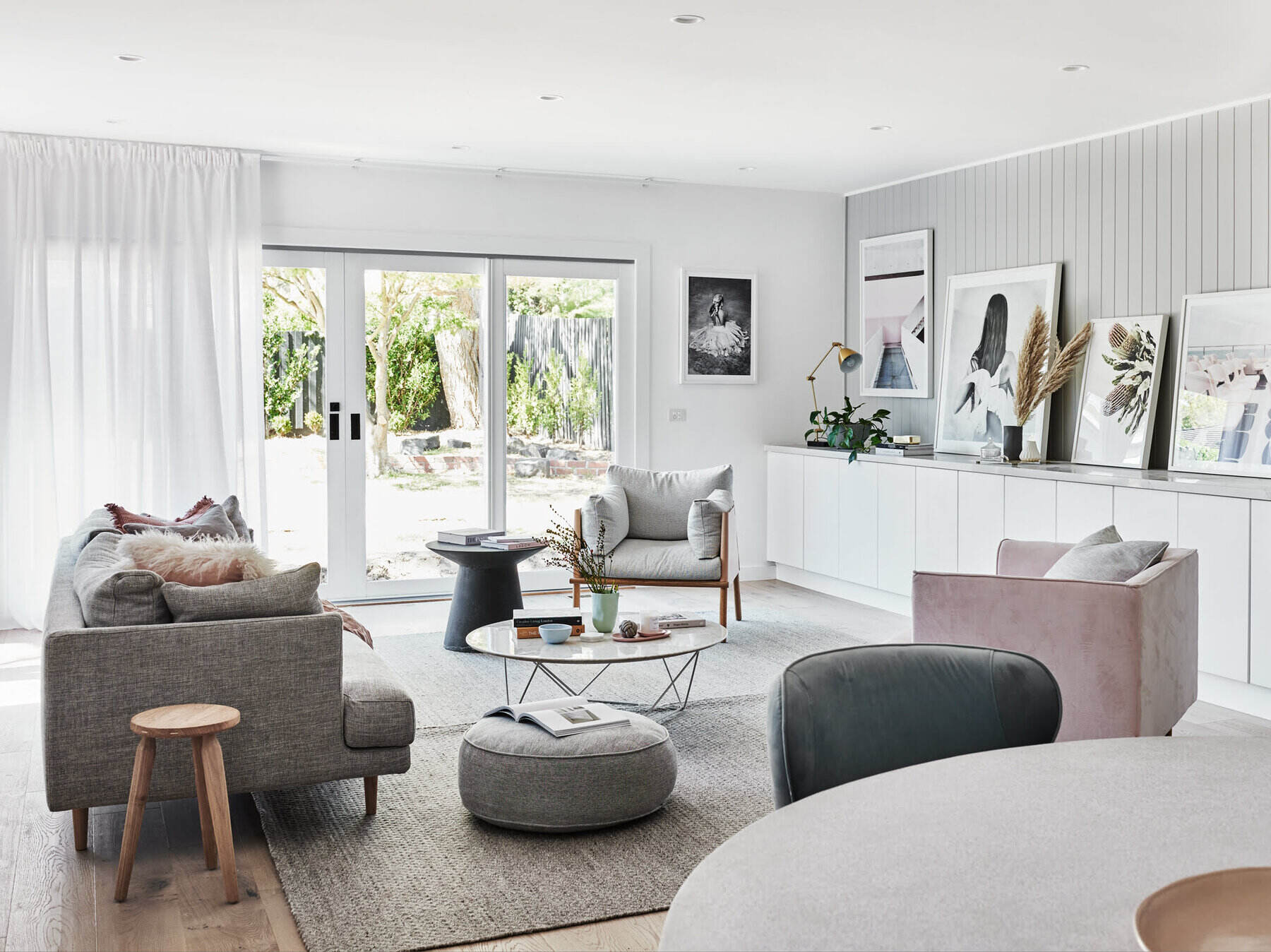
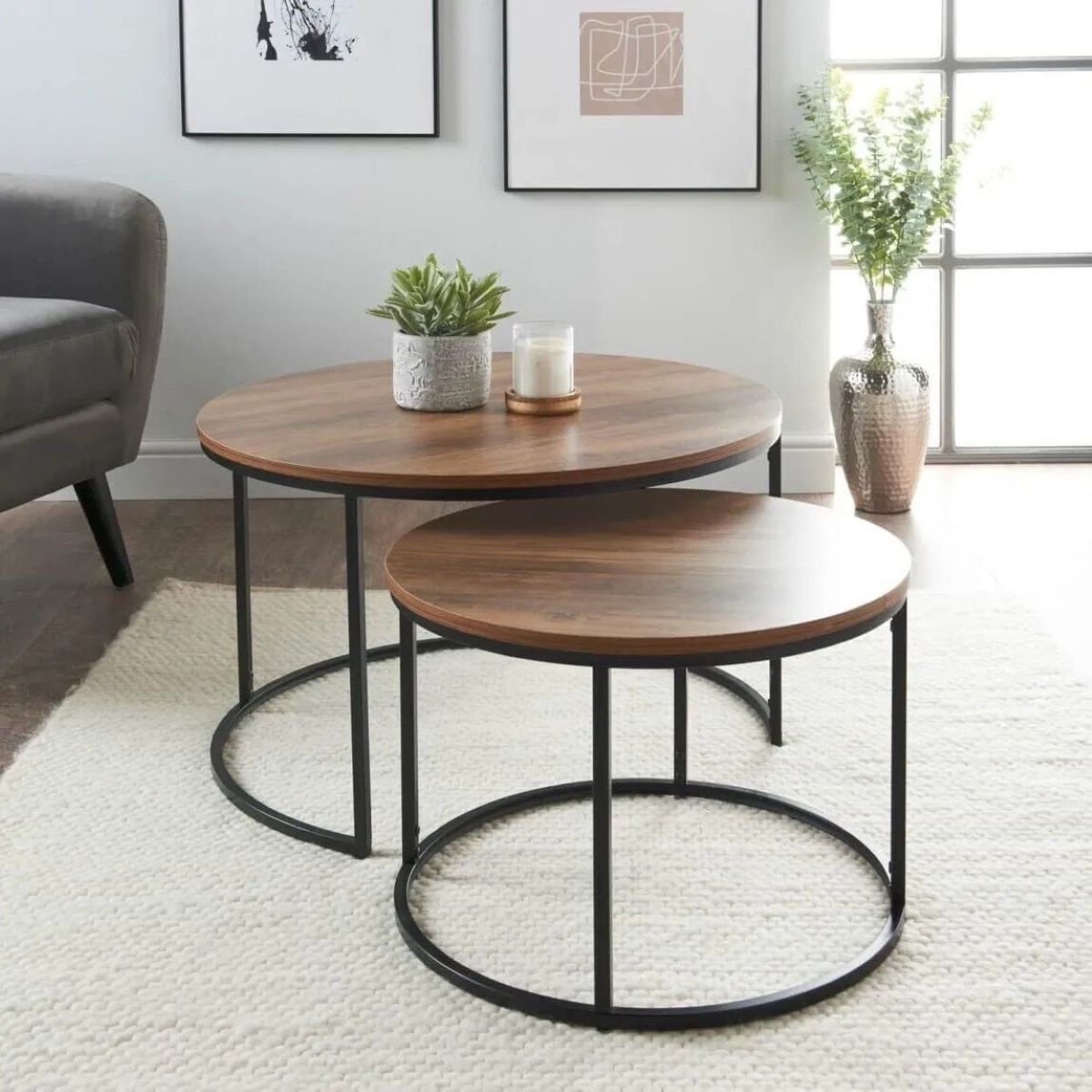
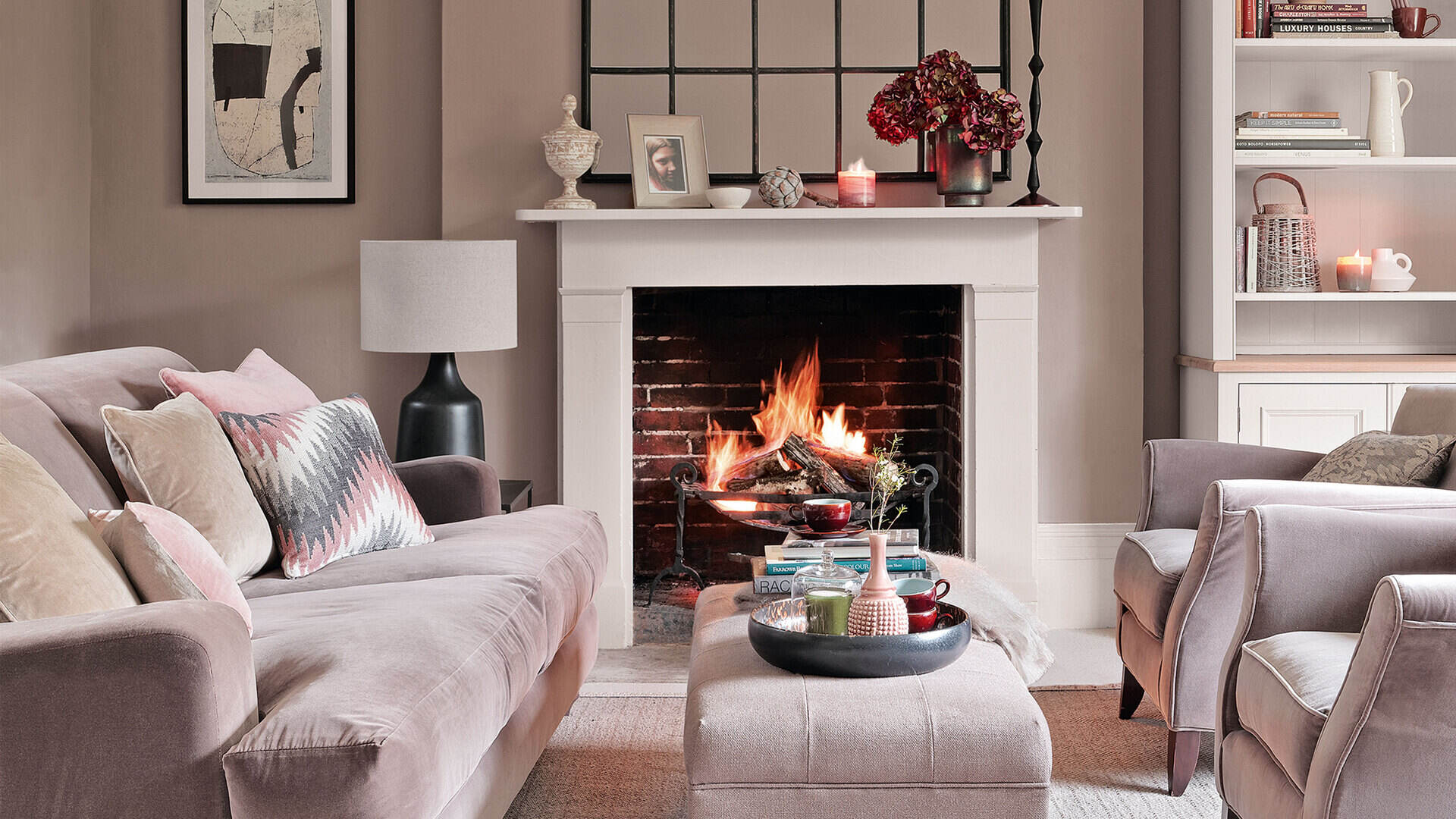

0 thoughts on “Dark Living Room Ideas: 10 Design Rules For Brightening A Dark Space”